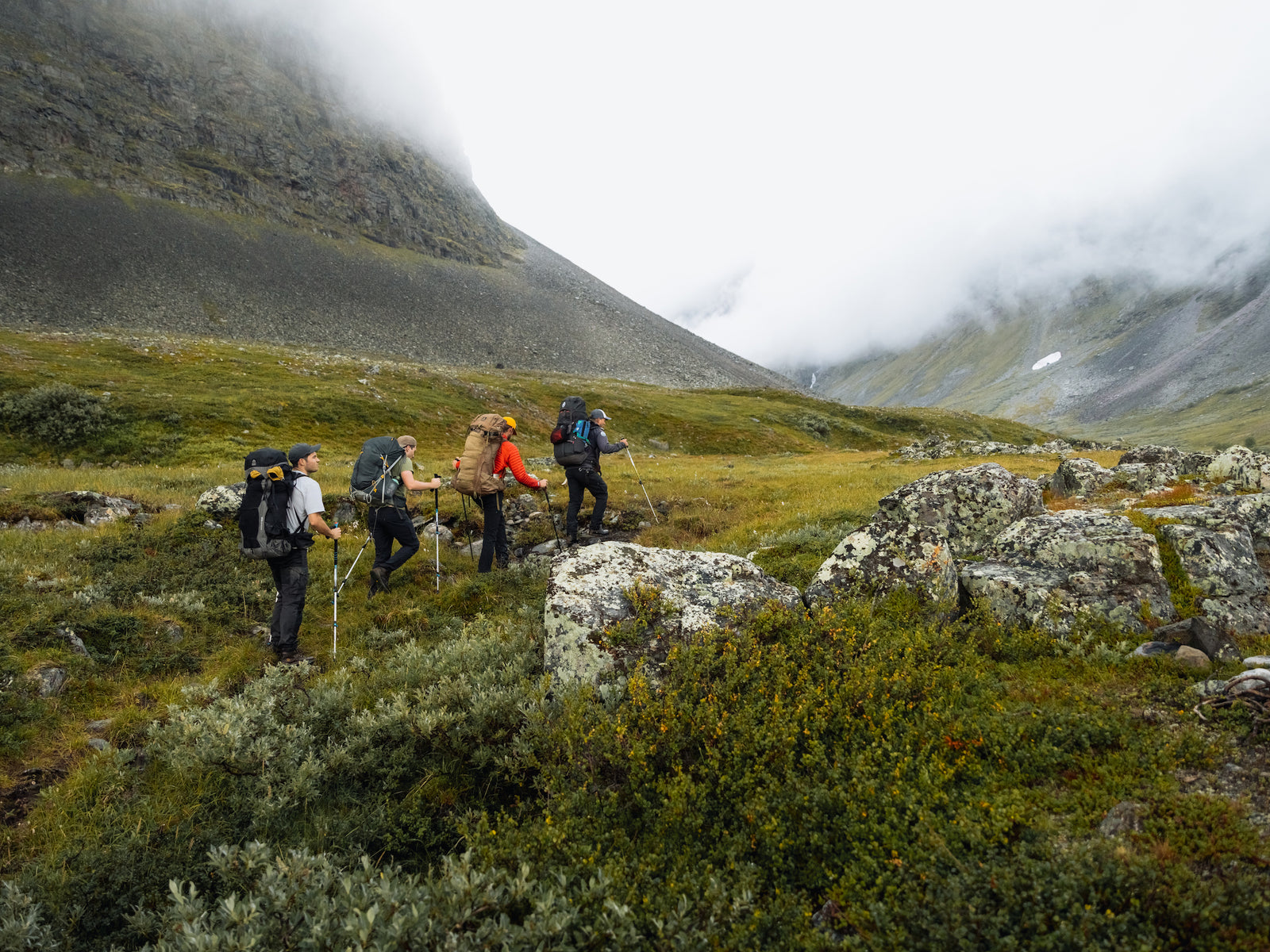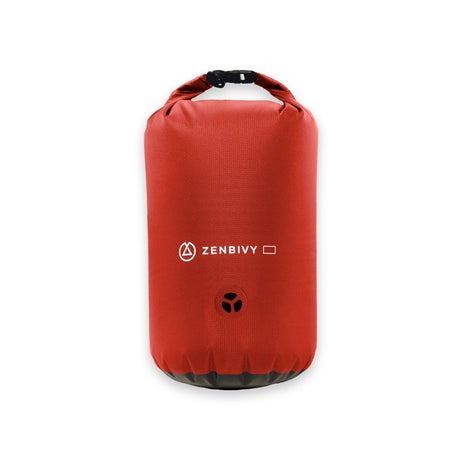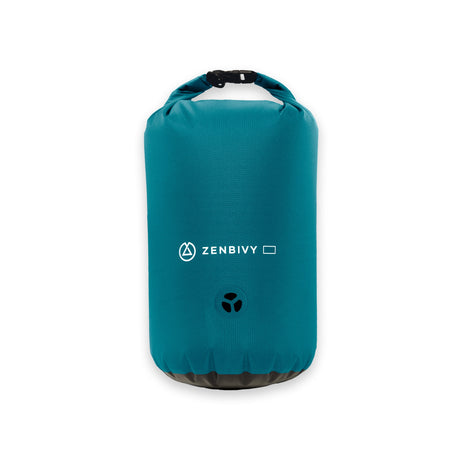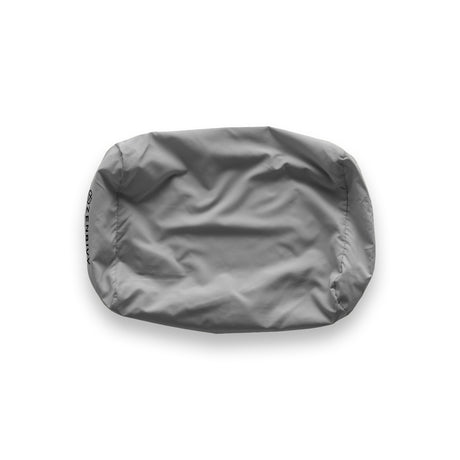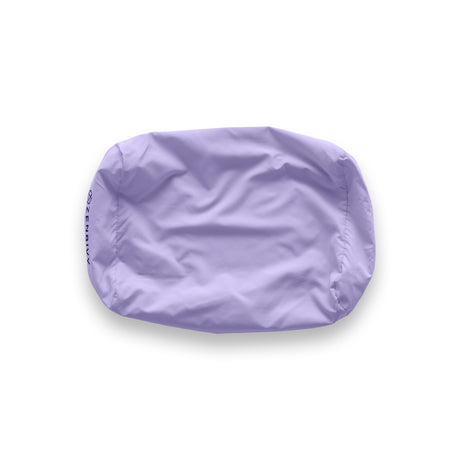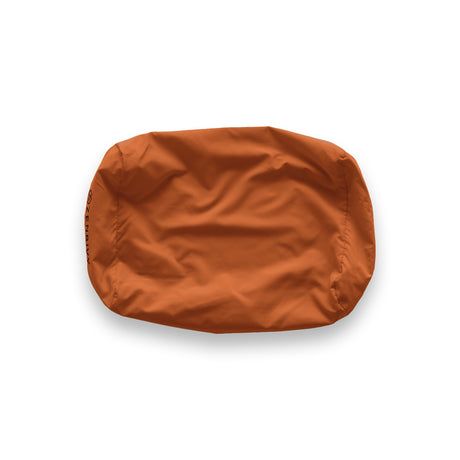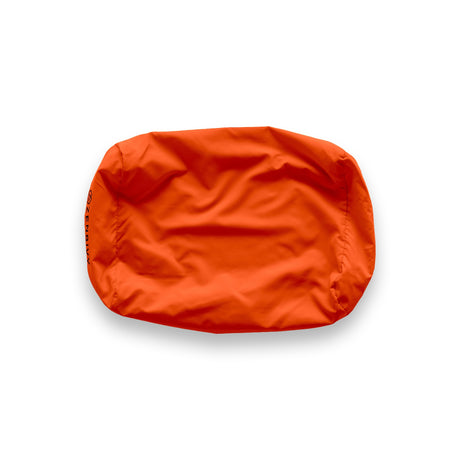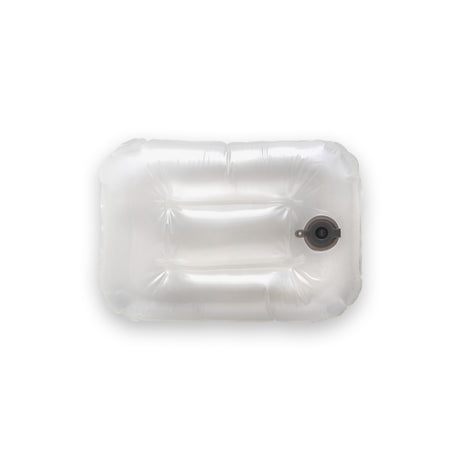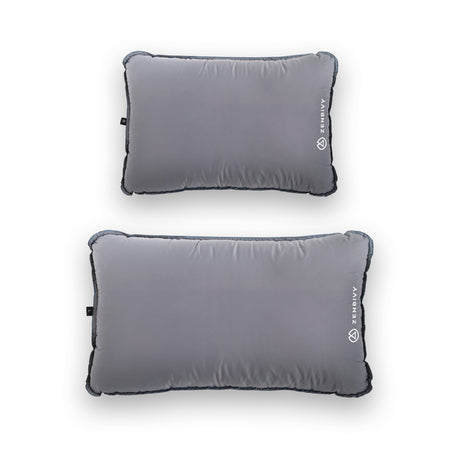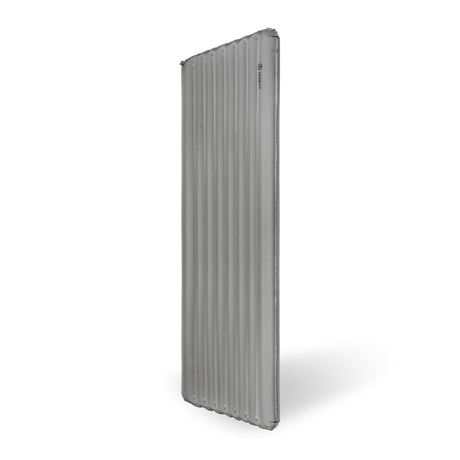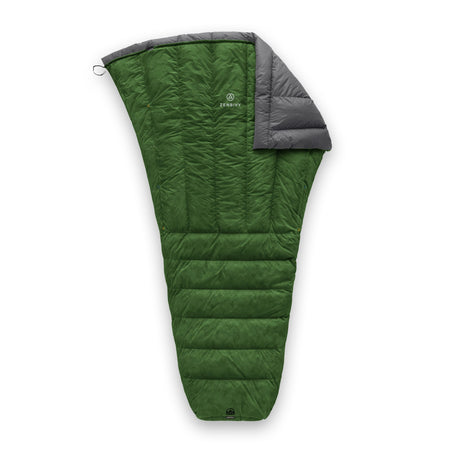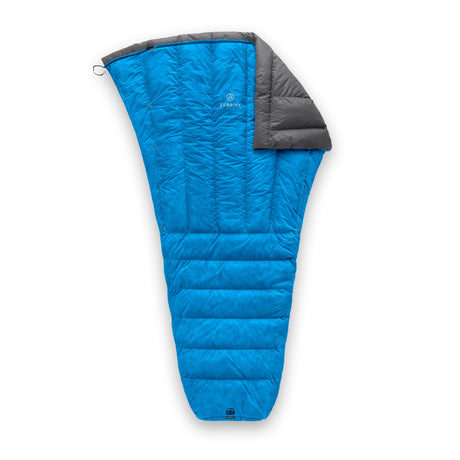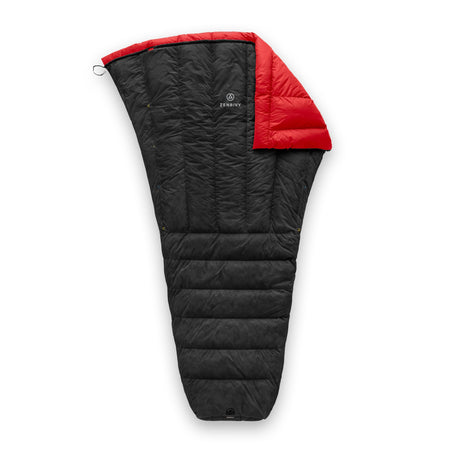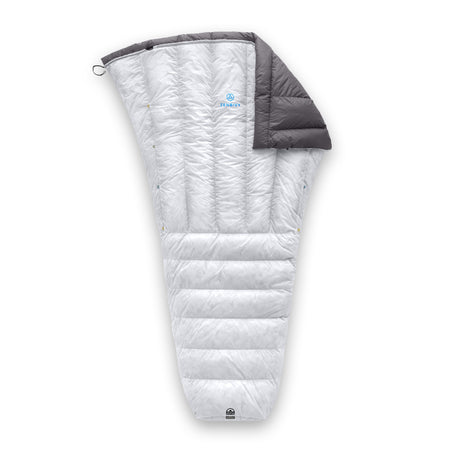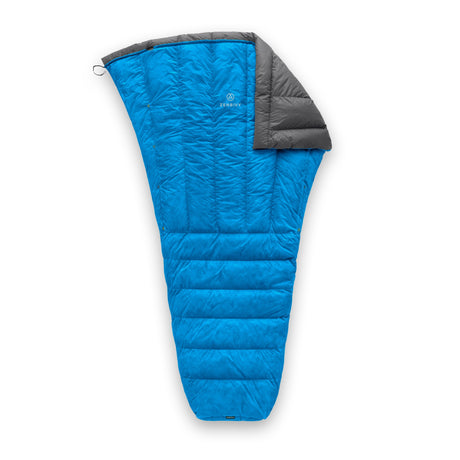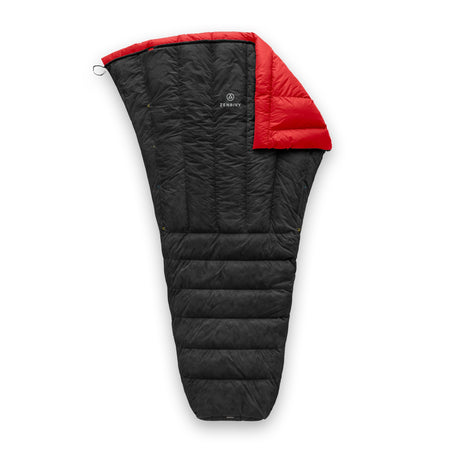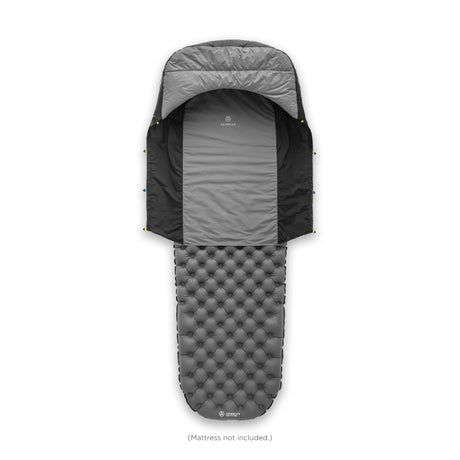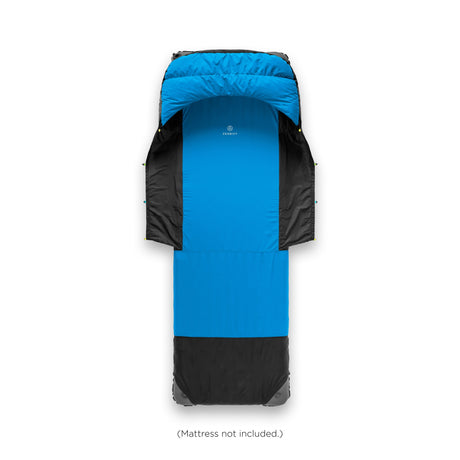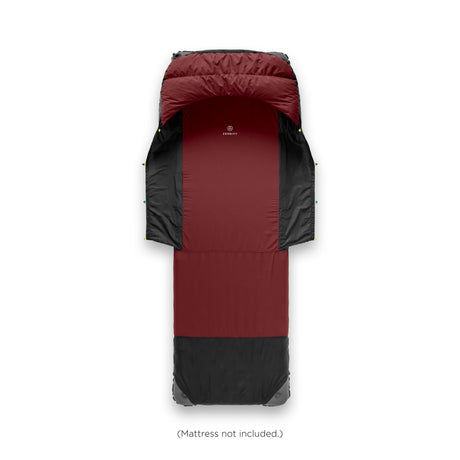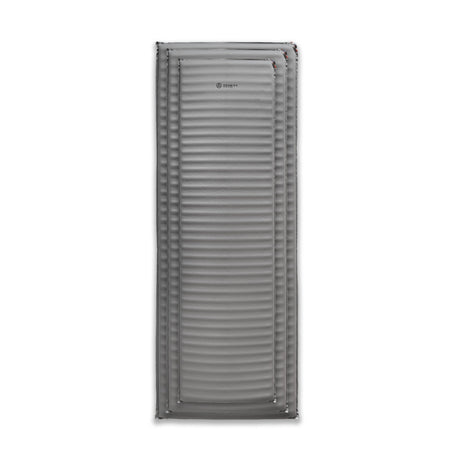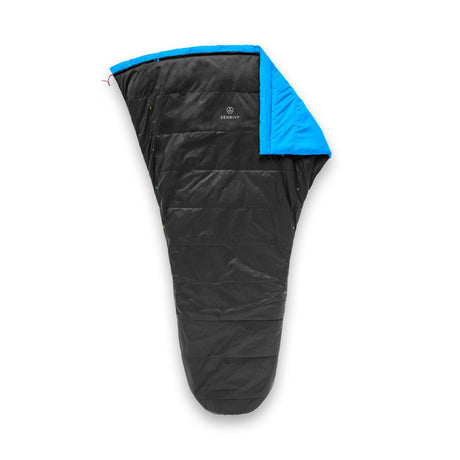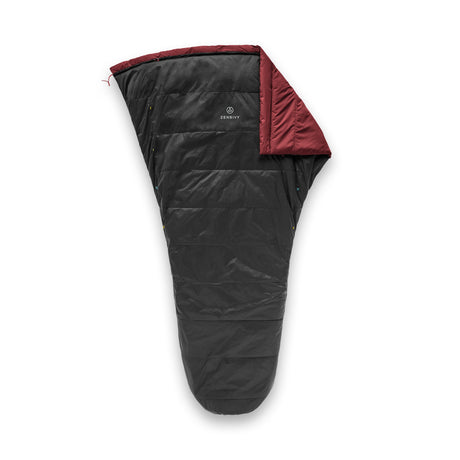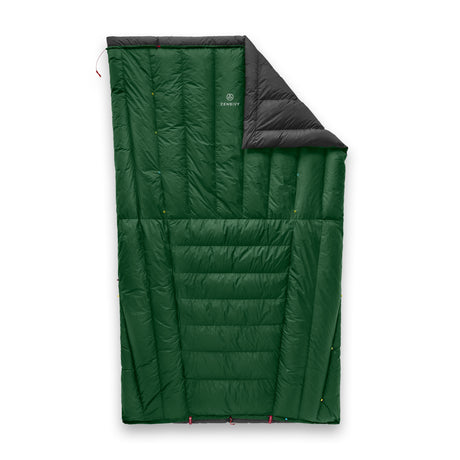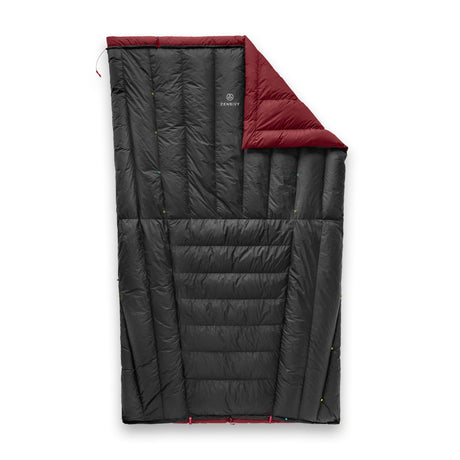
The five of us drove from the little town of Kiruna, Sweden, to Sarek National park, where we would spend 5 days exploring deep into the northern Swedish landscape. Sarek is a National Park, but it’s also a UNESCO World heritage site due to it’s biological and cultural diversity. It’s an incredible place to find yourself, and even better if you can spend some time to really get to know it. We were lucky to have a local guide from Laponia Adventure to show us around, and share some of the culture and stories from the region.

We flew low to the ground on the way to our backcountry drop. The helicopter pilot was hesitant to take us out because of the low visibility, but we tried anyways. We made the drop, and as the chopper blades faded, we found ourselves immersed in a lush landscape with towering mountains all around. Our first evening was just a short hike to the mouth of a valley where we would start our trek the next day. We pushed through the low brush easily, and before we knew it we were at camp eating fried fish and potatoes. We pitched our tents, spread our Zenbivy’s and headed to bed early as to get a good nights sleep before we set off in earnest.

We awoke at 6am to heavy fog and a lot of light - in the far north the sun rises very early, at around 4am. We packed our gear, ate breakfast, and headed out on the trail. We walked through the valley surrounded by massive peaks, along a river flowing with clear, clean water. Our guide told us all of the water in the park was safe to drink without filtering, so we drank as we walked. We reached the crest of the valley and we came face to face with a glacier that was spilling down the valley directly towards us. We navigated through some snow and worked our way down the other side to our next camp site. Just before we arrived, the views opened up, and we found ourselves looking down at the upper Rappa Valley. You could see little reindeer spotting the valley floor as they wove their way through the brush and braided river. We settled in for dinner, and watched the clouds part for a beautiful sunset over the valley.



Our third day allowed for a slower start, but once on the trail the terrain proved to be more challenging. The trail started by scaling a rocky outcropping to reach a pass that lead into the next valley over, the famous Lower Rappa Valley. As we made it over the top, the ground dropped out from in front of us. The valley was massive, and the valley floor was small and far below. We squinted down through the clouds to follow the path both the river as it lead out of the valley, the same one we’d follow for the remainder of the trip. We dropped down into the valley as clouds and rain moved in. The rain poured as we walked, bushwhacked, and forded creeks. We pushed onward until we reached the “Highway” by the river - a thin trail that allowed the easiest path out. We hiked for a few more miles before setting up camp by a little creek. We strung tarps between trees to cook under and pitched the tents. The clouds parted just a little, and from our nook you could see the mountains reaching for the sky from behind the thick birch forests. Exhausted from the day, we all fell asleep quickly after a hearty dinner.

The next day brought more rain. We packed camp and set out to cross the creek we had camped by. The makeshift bridge was small and precariously placed, but everyone made it across. We proceeded onward, bushwhacking for several miles through thick alder and undergrowth, all of which was sopping wet. When we finally broke above treeline, we were exhausted, soaked, but happy. We pushed onward, continuing up and around the mountain, crossing several more creeks on the way. The fog rolled in heavily, which made navigating almost impossible. We managed to piece together the route with a mix of GPS and cairn finding, and we eventually dropped into our final camp. We cooked dinner inside the tent as the rain relentlessly pounded the fabric. The temperatures dropped and we were wet and cold, but still in good spirits. We ate our warm supper and headed off to bed. It felt good to finally be warm at the end of the day.

Our last morning went by quickly. We had only a few miles to hike out to the helicopter pickup. The heavy fog followed us, so we had to try to hike out from under it and find a clear pickup spot. Once we reached the mouth of the valley the mist cleared, and we even got a little bit of sun. Before long we heard the blades of the helicopter, and it circled in to pick us up. We loaded up and were off. As we flew we could see the beautiful range we had spent the past 5 days exploring. The Sarek National park is a beautiful and rugged place, and it was an incredible experience to be back among the mountains and learning about the culture. We had hiked over 50km in our short time there and saw a little bit of everything the landscape could offer. It’s a place that has a certain draw to it, and I know we’ll be back in the future.

Mason Strehl is a freelance photographer and storyteller from Washington State. For this trip we had with us 10° Light Beds and 25° Light Beds, as well as Light Mattresses.

